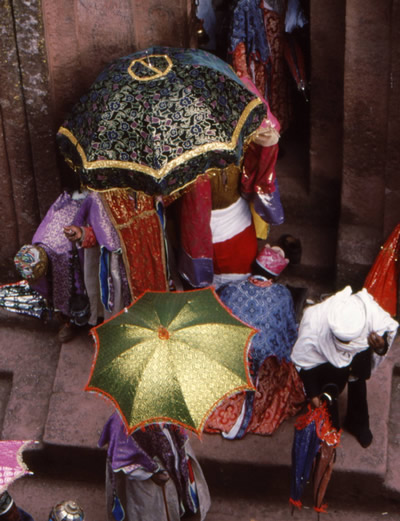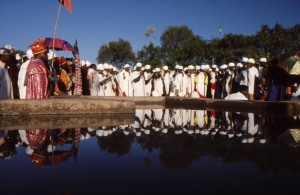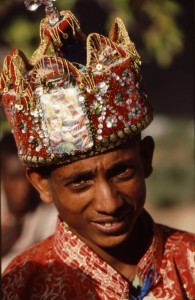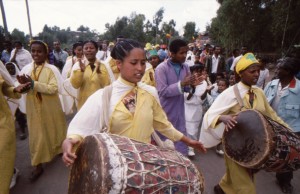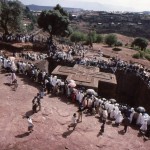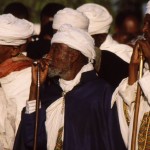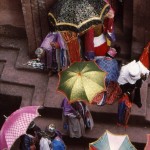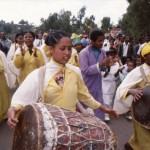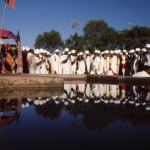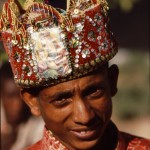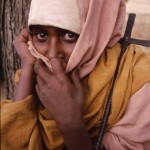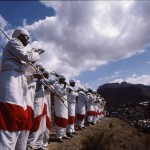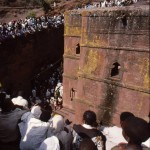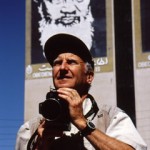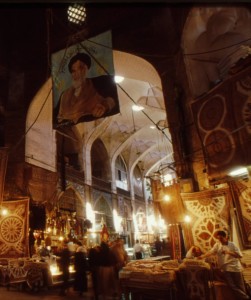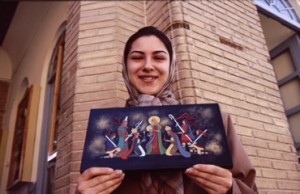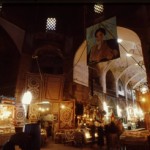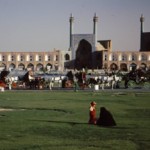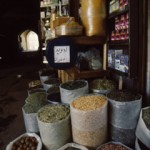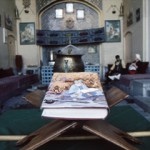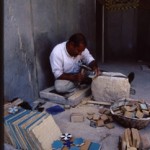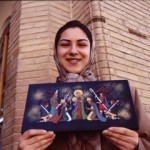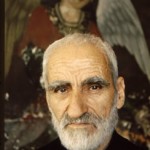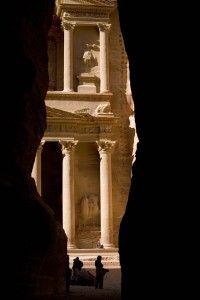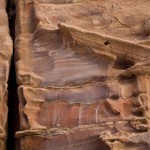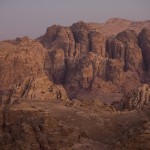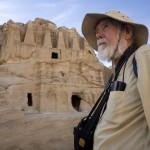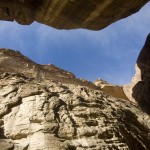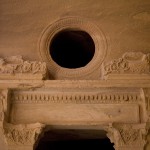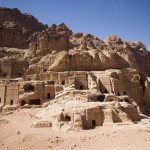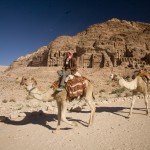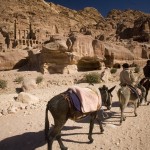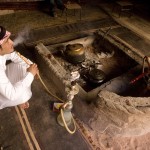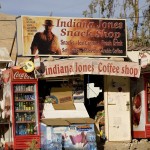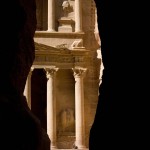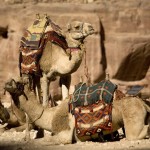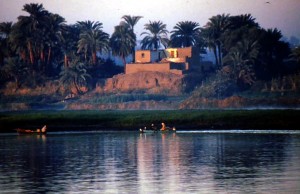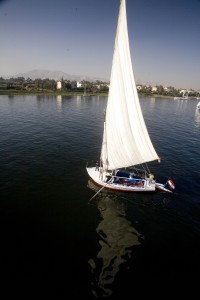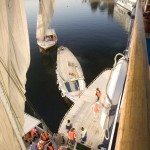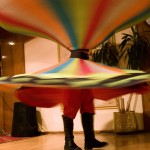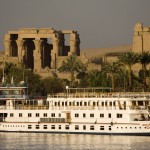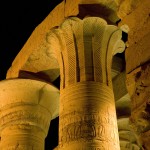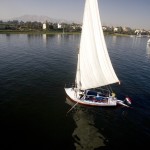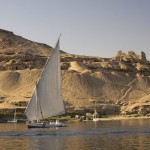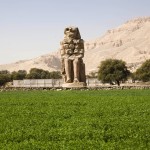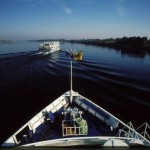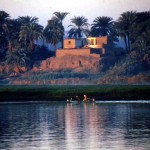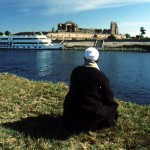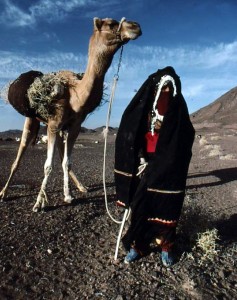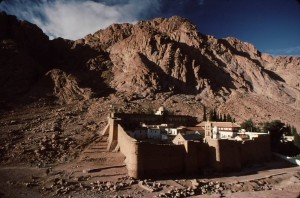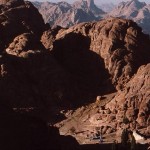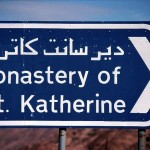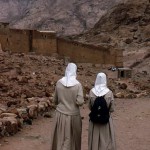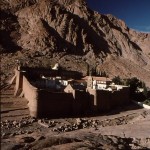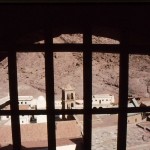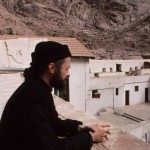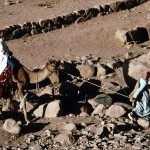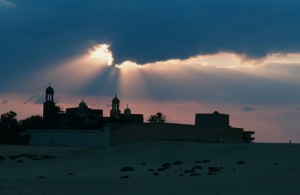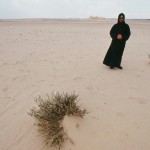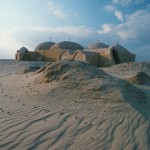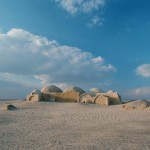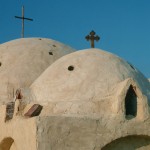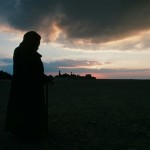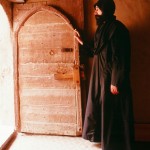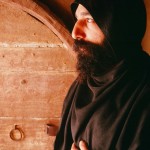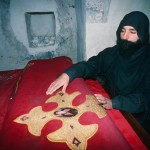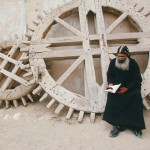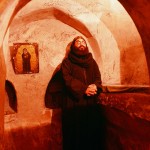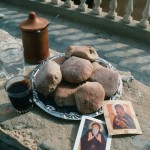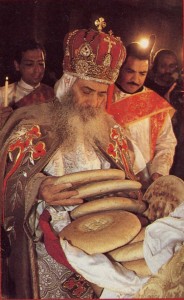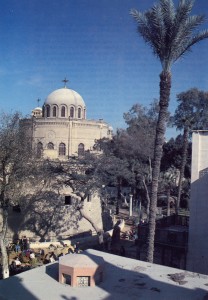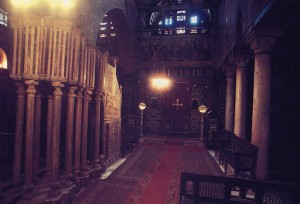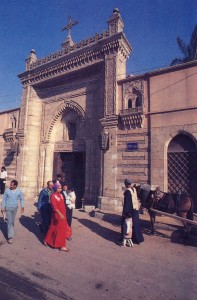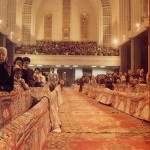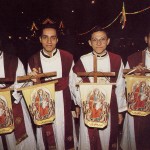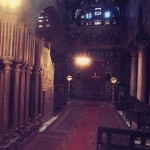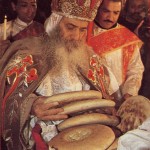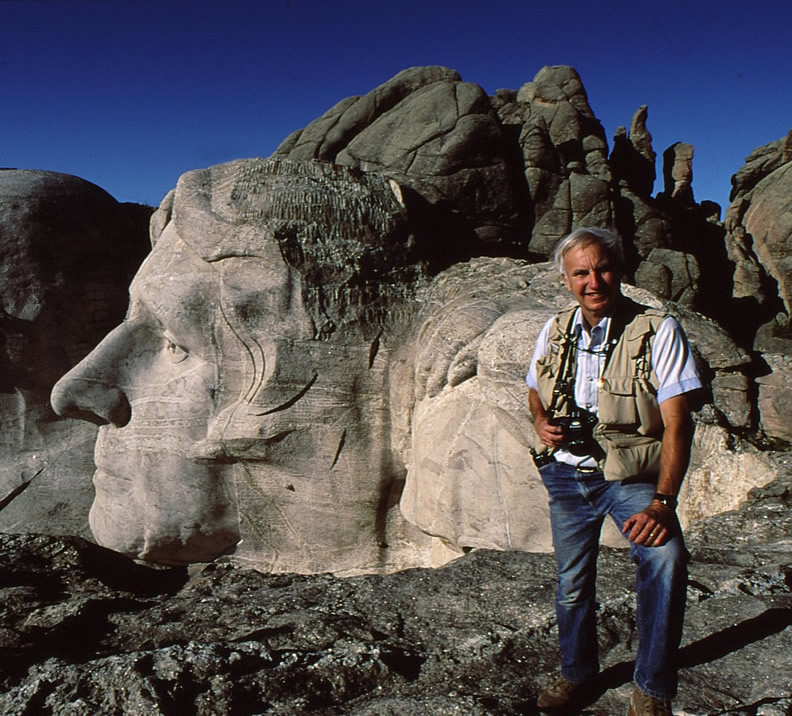Timkat in Lalibela
Ethiopia is home to some of the most ancient traditions of Christendom. Its Christian roots reach back nearly twenty centuries to the time when, according to the Book of Acts, the Apostle Philip baptized a royal Ethiopian eunuch in the Palestinian desert. The court official carried the gospel back to his homeland.
Ten centuries earlier, the Queen of Sheba on her visit to Jerusalem and its fabulous temple had embraced the faith of King Solomon before her return to Ethiopia. Therefore, today, many of the Christian worship traditions of Ethiopia carry a strong Old Testament character. This is best observed during Timkat, the feast of the Epiphany or Twelfth Night, which is the highlight of the Ethiopian holy year. The finale of the Christmas season, Timkat supposedly marks the time when the Wise Men began their return home from Bethlehem, carrying with them the news of the birth of Jesus Christ.
According to the ancient Ethiopian calendar – which is made up of 13 months – Christmas is celebrated January 7. Timkat falls on January 19. The celebration is actually a three-day affair. It begins when Ethiopian Orthodox clergy enter their churches’ holy of holies to remove the sacred tabot Scriptures and tablets (which emulate the stone tablets of the Ten Commandments that Moses received from God atop Mount Sinai). These are then rededicated in a ritual baptism.
As many as forty million people participate in Timkat celebrations, in both cities and the countryside. Spectacular processions are led by priests resplendent in crowns and satin and velvet robes. The clergy carry great ceremonial crosses and are shaded by sequined velvet umbrellas. Their congregations follow, dressed in dazzling white shaama robes.
The first day of Timkat is dedicated to removing all the tablets from their various sanctuaries to one common tabernacle. An all-night vigil of prayer, fasting, and chanting is held there. Early the next morning, the tablets are brought to a river or pool and ritually anointed. This is followed by another day long procession to return the blessed tabots to their respective churches. Each procession is accompanied by great singing and shouting to the beat of drums, sistrums, and prayer staffs. Congregations fill their churches to overflowing. Many believers are relegated to attendance outside the buildings, so great are the crowds.
One place in particular is special to the Timkat celebrations. It is Lalibela, perched some seven thousand feet high amid wild mountain peaks and vast mesas. Now an isolated mountain habitation of six thousand souls, it was once the capital of all Ethiopia. Within this desolate setting lie renowned architectural treasures: eleven large churches fashioned out of the mountain. Hewn out of the solid rock below ground level, and ringed by deep trenches and subterranean entryways and courtyards. Each church is as tall as a modern four-story building. Exteriors and interiors are equally exquisite, carved from a single mountain monolith. During Timkat, when Lalibela’s churches are surrounded by the wondrous sight of colorful clergy and congregations at the height of religious fervor, the majesty of the ancient city is revived.
– Photo feature by Dave Bartruff
- Priests remove the tabots from St. George’s.
- Rock-hewn St. George’s is one of many Orthodox churches containing Tabots that are removed on the first day of Timkat.
- Clergy lean on their prayer staffs as they watch the Timkat procession.
- A priest stops to read from Scripture.
- Priests remove the tabots from St. George’s.
- Drummers in the Timkat procession.
- Clergy and spectators stand before the baptismal pool in which the tabots will be anointed.
- An Orthodox Deacon
- A novice from an Orthodox convent.
- Priests sing and chant as all process back to St. George’s
- On the third day of Timkat, the church overflows as the tabots are returned to their tabernacle.

